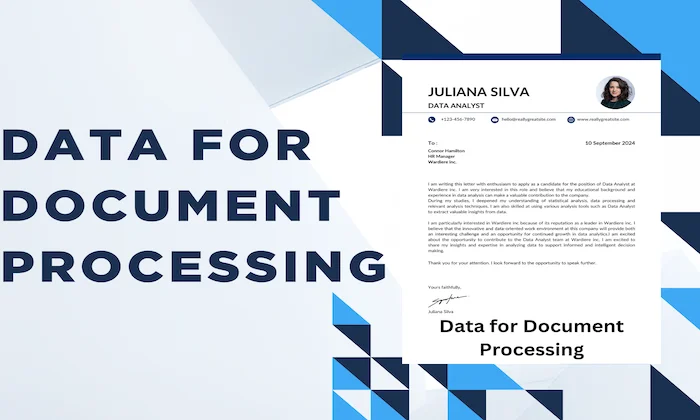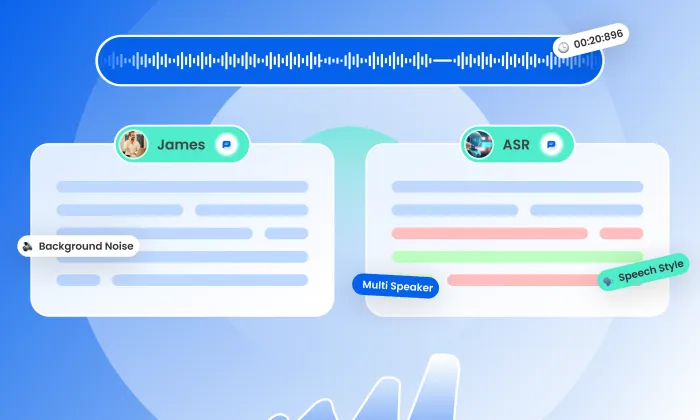How do you evaluate transcription accuracy?
Transcription Accuracy
Evaluation
Quality Check
In speech AI systems, transcription quality is everything. A small error in a transcript can ripple through downstream tasks like ASR model training, sentiment analysis, and intent recognition, leading to inaccurate outcomes and poor user experiences.
So, how do we measure transcription accuracy effectively?
Word Error Rate (WER):
Word error rate is the industry standard when it comes to evaluating transcription accuracy. It calculates how different the predicted transcript is from the original (human-approved) transcript.
The formula is simple:
WER = (Substitutions + Insertions + Deletions) ÷ Total Words in Reference
For example:
Reference: "I need help with my internet"
ASR Output: "I need help my internet"
Here, 1 deletion = WER of 1/6 ≈ 16.6%
WER captures:
- Substitution (wrong word)
- Insertion (extra word)
- Deletion (missing word)
A lower WER indicates higher transcription accuracy. For real-world, noisy audio (like call centers), WER between 10–15% is acceptable. But for training-grade data, it needs to be significantly lower.
Why WER Alone Isn't Enough?
WER tells you the rate of error, but not the type. That’s why we also consider:
- Speaker attribution accuracy
- Timestamp alignment
- Semantic fidelity (Is the meaning preserved?)
- Domain-specific vocabulary correctness
Especially in multi-speaker, noisy, or accented call center audio, these micro-level validations are critical.
FutureBeeAI’s Approach to Transcription QA
At FutureBeeAI, we approach transcription accuracy as a layered validation process, not just a final check.
Here’s what sets our QA apart:
- Double-pass manual transcription by domain experts
- Linguist-led quality audits focusing on both accuracy and context
- Automated timestamp and alignment checks for sync integrity
- Speaker role validation for multi-speaker scenarios
- Final sampling QA for semantic correctness and consistency
This process helps us consistently deliver transcription datasets with WER under 2%, making them ideal for high-performance ASR training, fine-tuning, or benchmarking.
Why It Matters
Inaccurate transcripts introduce noise into your models, skewing training, confusing intent classifiers, and distorting customer sentiment. Clean, reliable transcription is not just a nice-to-have; it’s a quality gate for the entire pipeline.
Evaluating transcription accuracy starts with WER, but to truly ensure quality, you need layered QA like ours, because better transcripts build smarter AI.
What Else Do People Ask?
Related AI Articles
Browse Matching Datasets
Acquiring high-quality AI datasets has never been easier!!!
Get in touch with our AI data expert now!








